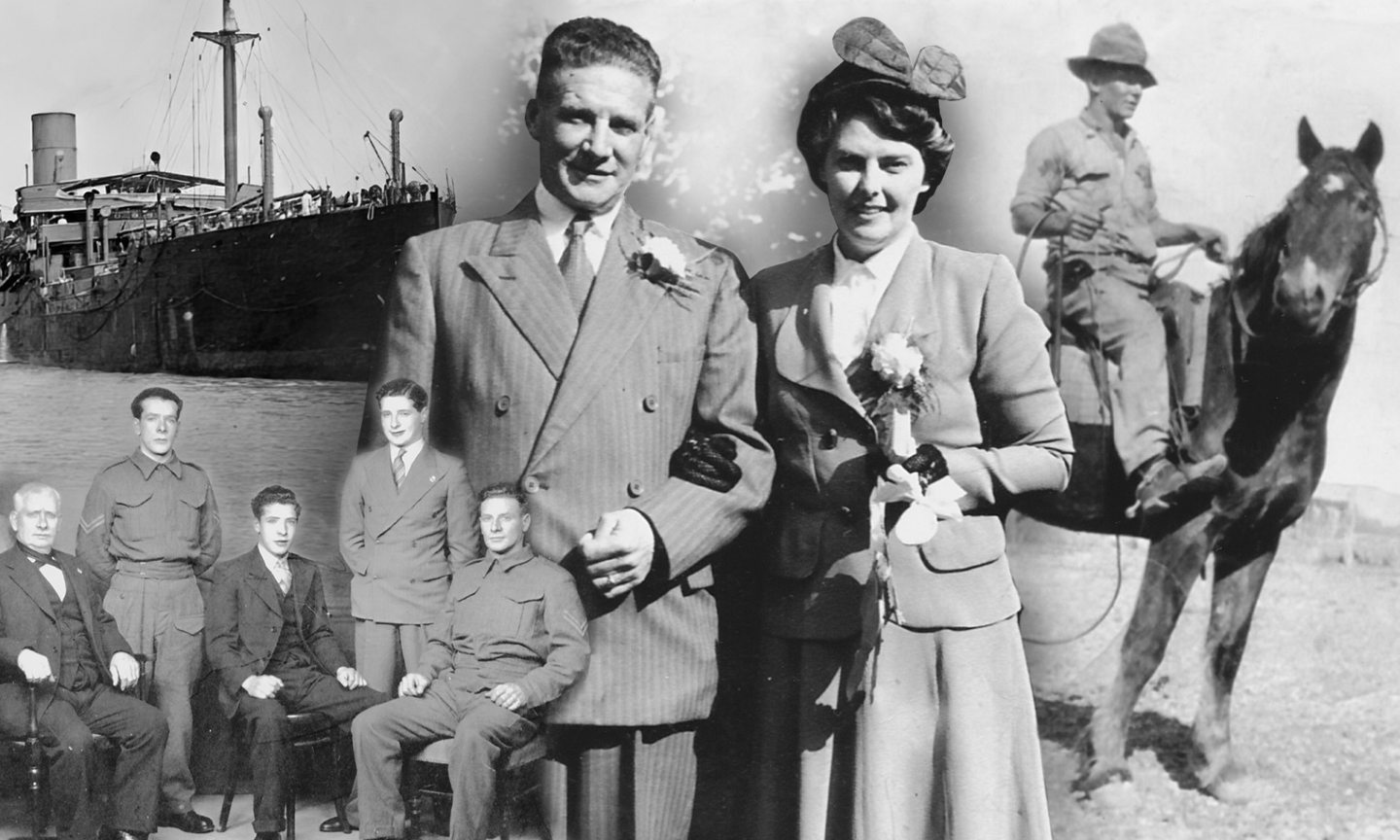Children’s book portrays Picts as black
Black monks and villagers feature in title showing Scotland’s history as multicultural

The Picts have been depicted as black in a new book intended to show that Scotland has always been “multicultural and diverse”.
An illustrated book has been created to make the history of the Picts, who flourished from around 300 AD to 900 AD, more accessible to young people.
Illustrations in the volume depict the early inhabitants of north-east Scotland as multiracial, with black monks, bishops, religious healers and ordinary villagers.
The book, Carved in Stone: A Storyteller’s Guide to the Picts, is aimed at children aged about 14 and upward. Its creators are exploring the possibility of providing free physical copies to schools and libraries.
The book was partly financed by the taxpayer-supported Society of Antiquaries of Scotland. It said that the book would show that “the land that is now Scotland was just as multicultural, multilingual and socially diverse as it is today”.
When the idea was initially conceived in 2021, the creative team behind the work released a video stating: “We’re proud to bring together some of Scotland’s leading archaeologists, with a host of queer, marginalised and disabled voices to dispel misconceptions of the past.”
Initially conceived as a role-playing game, the project expanded into a detailed work of history, the content of which will be made publicly available without charge.
Genetics of the Picts
The Picts were first mentioned in the 3rd-century Latin accounts as the “picti”, or painted ones, a possible reference to their tattoos. After centuries of cultural independence, they were assimilated in the 9th century into what would later become Scotland.
They were known for their craftsmanship and the creation of intricately carved stone monuments
A genetic study published in 2023 found that the Picts – who were concentrated in north-east Scotland – were descended from ancient Iron Age populations who had long lived in Britain.
The same study also found that there was clear genetic continuity between the Picts and modern-day Scots in the same region.
Historical diversity
Discussion of the potential diversity of Britain has intensified in recent years, with books and television series attempting to present a more racially diverse past.
David Olusoga’s 2016 series Black and British: A Forgotten History included claims that the remains of the Roman-era Beachy Head Woman, found near the Channel, were those of a black woman. These were later proven false through DNA testing, and the segment was edited from future broadcasts.
In 2023, The Telegraph revealed the pending publication of Brilliant Black British History, a children’s book which made the false claim that Stonehenge was built by black Britons.
The book also claimed that “Britain has been a mostly white country for a lot less time than it has been a mostly black country”. It later won the Children’s Non-Fiction Book of the Year at the British Book Awards.
Period dramas have also attempted to inject diversity into history, and the BBC adaptation of Dame Hilary Mantel’s novels about Henry VIII’s court used a diverse cast to portray Tudor courtiers, including white historical figures.
The 2025 BBC series King and Conqueror, about the 1066 Norman conquest, used a diverse cast to portray Anglo-Saxon nobility, including the real figure of Morcar, Earl of Northumbria.
A fictional role was invented for the series and similarly cast. This character turned out to be central to the series and the closest advisor of the English King Harold Godwinson.
[Source: Daily Telegraph]











































